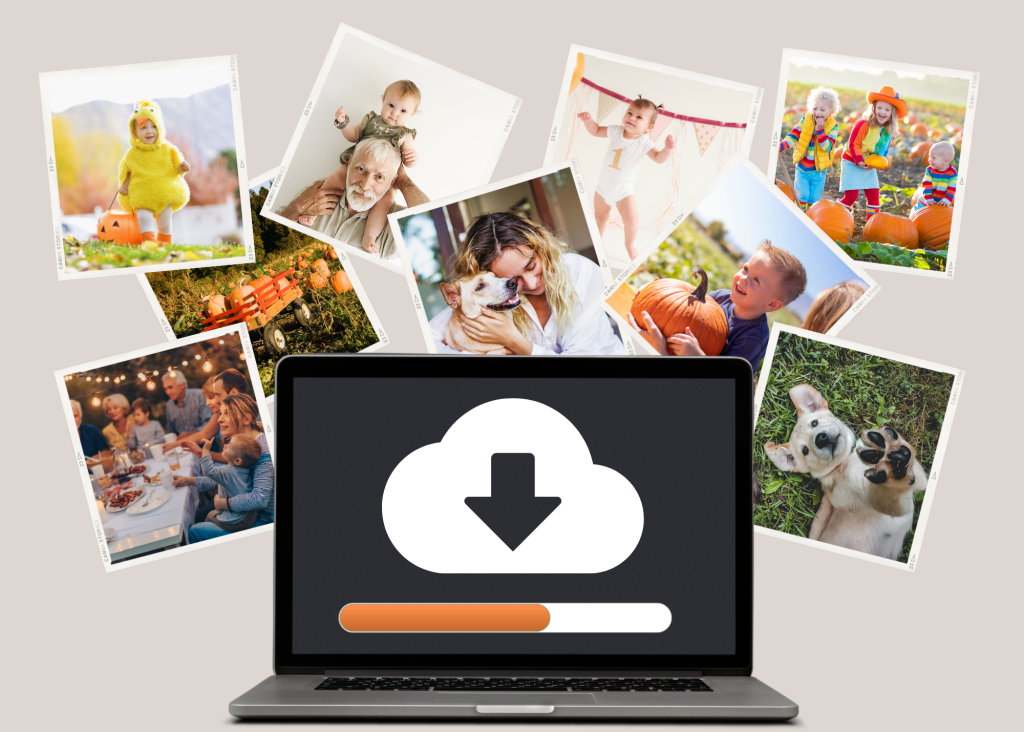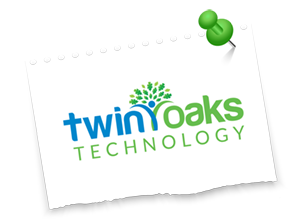What is Backup?
Backup is the process of creating a copy of data to protect against accidental or malicious deletion, corruption, hardware failure, ransomware attacks, and other types of data loss. Data backups can be created locally, offsite, or both. An offsite data backup is a key part of any business continuity/disaster recovery plan.

Do you need Backup?
The answer is: YES! If you have digital content, you need backup. Whether it’s family pictures or critical business files, you need some form of backup. Digital storage has made our lives so much more convenient, but there is always a risk of loss. You want to have a backup solution in place that will give you access to the data when and where you need it.
Important reasons to have a backup solution in place:
- Protection against ransomware and other malware attacks
- Easy data recovery in the event of an accident, theft, system crash, or corruption
- Reduced downtime in the event of a disaster
- Peace of mind knowing that your data is always safe and sound
The Cost
No matter what the cause is, the loss of data or inability to access data comes at a cost. This isn’t just an issue for large companies. SMB’s are at risk as well.
The cost of downtime: This is the time when the business is “offline” waiting on the data to become accessible or restored. The average cost per minute of unplanned downtime is $7,900.
- Lost productivity
- Revenue disruptions
- Production stoppage
- Regulatory fines
- Damaged reputation
Backup Methods
Local Backup (Onsite)
With a local backup method, the backup solution stores the data on storage locally available onsite. Some popular local storage options are: External Desktop Drive, USB Drive, and NAS (Network Attached Storage)
- PROS: Easily configured, quick availability, fast restore
- CONS: Data loss is still possible in the event of a disaster
Cloud Backup (Offsite)
With a cloud backup method, the backup solution stores the data on the servers provided by the cloud backup vendor.
- PROS: Data loss in the event of a disaster is mitigated with the offsite copy
- CONS: Configuration may be more involved. Restore time could be longer
Backup Strategy
Since each of the backup methods above has its own negatives, it’s best to put together a backup strategy that fits your recovery objectives. Business class backup solutions have many different features and options that allow you to put together a strategy that will best protect your data.
When putting together a backup strategy, you also want to consider Recovery Time Objective (RTO) and Recovery Point Objective (RPO). RTO is the amount of time it takes to restore all systems after an outage. RPO is the point-in-time to which you will restore your data after a disaster.
Let us Help with the Plan!
On average 40%-60% of small businesses that experience a disaster never reopen, according to the Federal Emergency Management Agency. To make sure your business doesn’t become a part of the statistics, create, implement, and test a business continuity and disaster recovery plan (BCDR) that includes clearly defined RTO and RPO. Twin Oaks Technology has the experience and tools to work with you to put together a solid Backup Strategy and give you the peace of mind that your data is safe and secure! We’ve got your back with backup storage solutions for any size business. Click here for some of our other key IT Services and reach out today to start protecting your business’ data and resources!
Sources: Datto.com, Acronis

Brad Norsworthy
Senior Technology Solutions Manager

